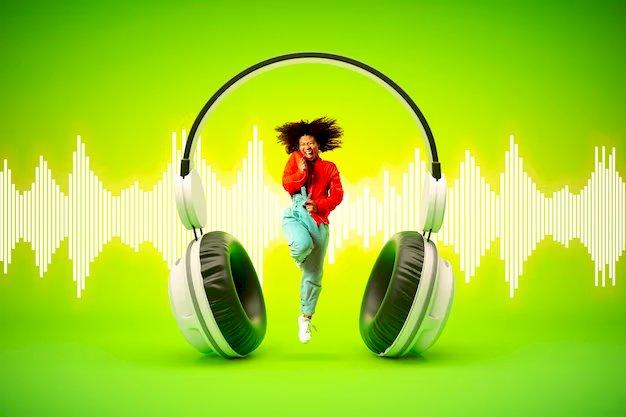AI in Art and Creativity: From Generative Art to Music Composition
Discover the transformative impact of AI in art and creativity, from generative art and music composition to innovative storytelling. Explore how AI collaborates with artists and creators, pushing creative boundaries and redefining the possibilities of human imagination.

Introduction
Artificial Intelligence (AI) is not limited to crunching numbers and solving complex equations; it's also making waves in the world of art and creativity. From generating unique artworks to composing original music and crafting compelling stories, AI is pushing the boundaries of human creativity. In this enlightening guide, we'll explore the exciting applications of AI in art and creativity, discovering how it is revolutionizing the creative process and pushing the boundaries of what is possible.
Chapter 1: The Marriage of Art and AI
The fusion of AI and art introduces new possibilities:
- Generative Art: AI algorithms create art by interpreting data and generating unique visual expressions.
- Creativity Enhancement: AI tools assist artists by generating ideas, exploring styles, and overcoming creative blocks.
Chapter 2: AI-Generated Artworks
AI creates stunning visuals:
- Style Transfer: AI can apply the style of famous artists to ordinary photographs, turning them into masterpieces.
- Artistic Evolution: AI evolves art over time, continuously generating new and unique pieces.
Chapter 3: Music Composition and AI
AI composes music across genres:
- Melody Generation: AI generates melodies and harmonies, inspiring musicians and composers.
- AI Musicians: AI-powered virtual musicians create original compositions and even perform in collaboration with human musicians.
Chapter 4: AI in Storytelling
AI weaves compelling narratives:
- Chatbots and Virtual Storytellers: AI-driven chatbots engage users in storytelling experiences.
- Plot Generation: AI generates story plots, helping writers overcome writer's block and explore new creative directions.
Chapter 5: Ethical and Copyright Considerations
AI in art and creativity raises ethical concerns:
- Authorship and Ownership: Determining authorship and ownership of AI-generated works can be complex.
- Bias and Creativity: AI algorithms can inherit biases from their training data, influencing the creative process.
Chapter 6: Pioneering AI-Driven Creativity
Explore real-world examples of AI's impact on creativity:
- DeepDream: Google's DeepDream algorithm creates psychedelic and surreal imagery.
- AI-Generated Novels: AI algorithms have written entire novels, pushing the boundaries of literary creativity.
Chapter 7: The Future of AI in Art and Creativity
The future is bright for AI and creativity:
- Collaboration: Humans and AI will increasingly collaborate in creative fields, pushing the boundaries of what's possible.
- Enhanced Creativity: AI will inspire and enhance human creativity across various disciplines.
Conclusion
AI is not just a tool for number-crunching or data analysis; it's a collaborator in the creative process. From generating captivating artworks and original music compositions to crafting compelling stories, AI is redefining the boundaries of human creativity. As AI continues to evolve and artists and creators explore its capabilities, we can anticipate even more groundbreaking and innovative works of art and creativity that challenge our perceptions and expand our horizons. The future promises a harmonious collaboration between humans and AI, where creativity knows no bounds, and the possibilities are limited only by our imagination.

 bloggeramar
bloggeramar 































